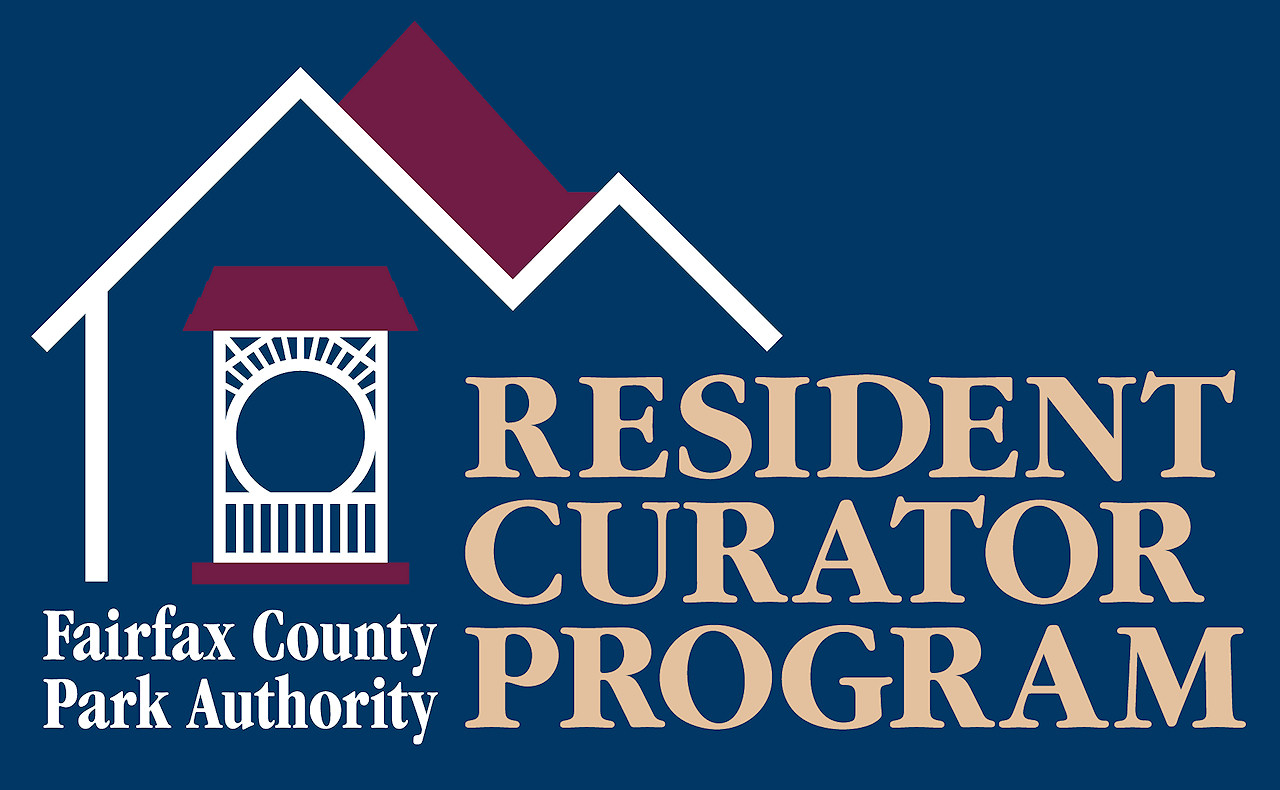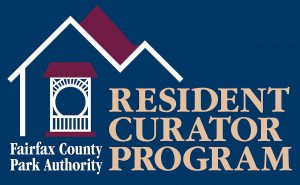
The county has some little-used historic properties that have fallen on hard times because of exposure to the elements and lack of use. When Virginia’s General Assembly changed the state code in 2011 to allow Resident Curator programs, Fairfax County saw the opportunity. In 2014, the County Board of Supervisors adopted a Resident Curator program to preserve the county’s tangible heritage.
 The county designed a program to preserve these select properties, which are historically significant, by offering long-term leases to tenants who agree to rehabilitate and maintain them. It’s not just an anybody-can-live-there program. The curator must be qualified to rehabilitate and maintain the building, which must be done according to the Secretary of the Interior’s Standards for the Treatment of Historic Properties (36 CFR Part 68 (2013), as amended). The curator also has to allow reasonable access to the property so that the public can appreciate the building’s historic significance. As long as they qualify, a curator can be a private citizen or an organization — non-profit or for-profit.
The county designed a program to preserve these select properties, which are historically significant, by offering long-term leases to tenants who agree to rehabilitate and maintain them. It’s not just an anybody-can-live-there program. The curator must be qualified to rehabilitate and maintain the building, which must be done according to the Secretary of the Interior’s Standards for the Treatment of Historic Properties (36 CFR Part 68 (2013), as amended). The curator also has to allow reasonable access to the property so that the public can appreciate the building’s historic significance. As long as they qualify, a curator can be a private citizen or an organization — non-profit or for-profit.
The length of a lease for a curator depends on a formula that is based on the building’s gross annual fair market rent as established by a third party appraisal and the curator’s annual estimated costs to manage and maintain the property. No cash rent is collected. Once the property’s rehabilitation is complete, the curator can remain there for the length of the lease without paying any rent, as long as they properly manage and maintain the site.
The county’s goal is to preserve valuable, underused historic properties. Curators are responsible for upkeep, property maintenance expenses, utilities, and county property taxes. That relieves the county of certain costs related to the care of the structures. Similar public/private partnerships elsewhere have shown this kind of stewardship solution for cultural resources can be successful.
“One benefit for the curator is the uniqueness of the properties,” said Resident Curator Project Manager Denice Dressel. “All of them are on parkland, so the curator benefits by living in a park. By partnering with the private sector, the county hopes to preserve these properties for future generations.”
Fairfax County has established a specific web page for its Resident Curator Program. The individual properties that are available, along with program details, can be seen at http://www.fairfaxcounty.gov/parks/rcp/.
Article submitted by:
Robert E. Beach, AIA
Fairfax County History Commission, Architect-at-large
Chairman, Resident Curator Program
